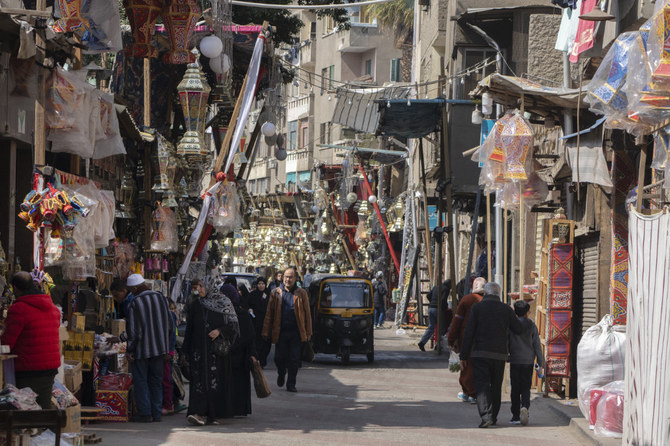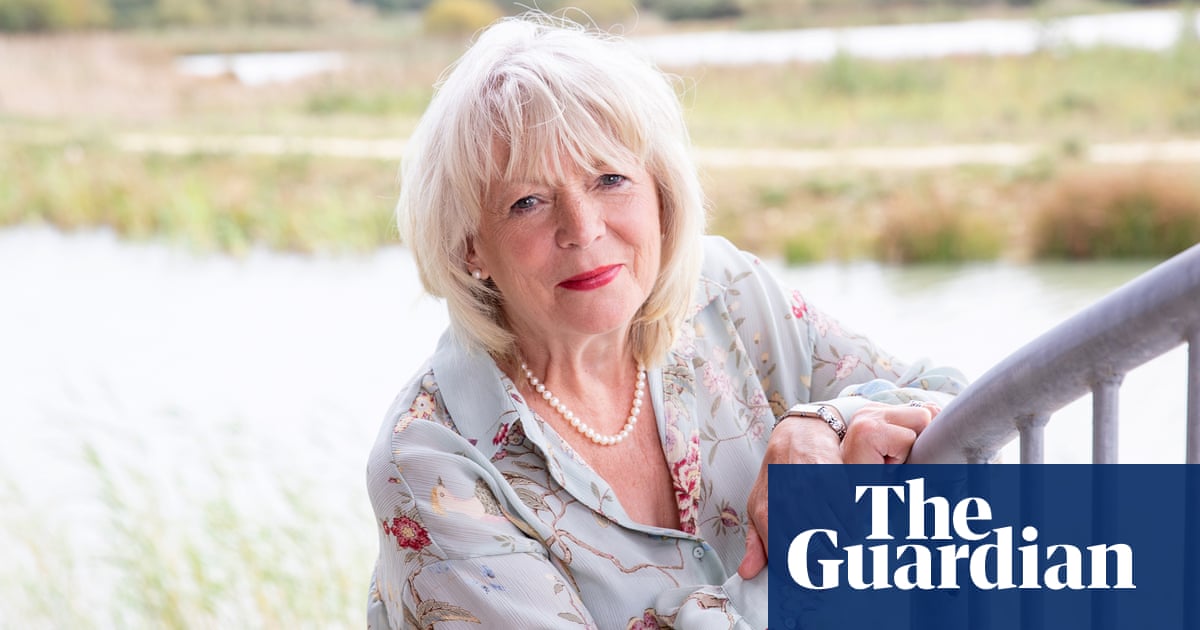
Tempers are running high in Klaaskreek, a village 50 miles south of Suriname’s capital, Paramaribo. Local officials and residents meet weekly to pool what they know about three groups of unwelcome new settlers in the area: Mennonite farmers.
Klaaskreek is located in Brokopondo, a hilly district predominantly settled by Saamaka Maroons, who fled from the plantations during the days of slavery. The area, newly popular with tourists, is known for its 1960s-era reservoir and hydroelectric plant, timber concessions, goldmines and fertile land. It is this last resource that is proving attractive to Mennonites.
The Mennonites are a Christian sect that originated in the Netherlands, Switzerland and Germany in the 16th century, following the teachings of the Anabaptist preacher and religious reformer Menno Simons. Seeking seclusion, religious freedom and agricultural land for their large families, Mennonite groups, who often speak a Dutch-German dialect, started settling in Latin America more than 100 years ago after migrating from western Europe to Russia and from there to the Americas.
In a country scarred by colonialism and the legacy of slavery, what bothers local people most is the lack of detailed information from the government about the new settlements. Suriname’s president, Chandrikapersad Santokhi, has said only that the government granted permission to settle to 50 Mennonite families, who will most likely come from Bolivia.
According to Santokhi, it will be a three-year pilot project. “The state will not provide land to the group. They will also not be eligible for land belonging to tribal communities,” the president assured parliament recently.
The company behind the arrival of the Mennonite settlers is Terra Invest, which is owned by Ruud Souverein, a Dutch businessman based in Suriname, and his Argentinian business partner, Adrián Barbero. Souverein says he has been working with Mennonites for three years and that Barbero has been doing the same in Latin American countries for 25 years.
Souverein confirmed to the Guardian that 50 Mennonite families from Bolivia, Belize and Mexico intend to settle in the country. On their behalf, Terra Invest is looking for a total of 50,000 hectares (125,000 acres) of land, to be divided between the three communities. “That’s the same as 0.4% of Suriname’s land,” he says, showing the official letter in which the president of Suriname confirms the settlements.
The businessman says that land prospecting continues, and they still do not know exactly where the settlements will be based. “There is a very important road from the airport to the west, called the Road to West Suriname,” Souverein says. “In that area, called Nickerie, there are a lot of plots of land that are very good for the Mennonites.”
Part of the concern around the settlers’ arrival stems from the fact that Mennonite communities have been held responsible for extensive environmental damage in many countries, including Mexico, Bolivia, Colombia, Belize, Peru and Brazil.
In Peru alone, the settlers have been accused of deforesting more than 7,000 hectares of Amazon rainforest since their arrival in 2017, according to a study by the Monitoring of the Andean Amazon Project.
Adding to the unease is the isolated and secretive nature of Mennonite communities. In 2009, a Mennonite settlement in Bolivia made world news when it was revealed that more than 130 women and girls had been drugged and raped by a group of men from within the same conservative and enclosed community between 2005 and 2009.
“I am convinced that Mennonites will not bring any development to us,” says Zwingly Strijder, a village chief of Klaaskreek, who fears Mennonites settling in the area could lead to violent clashes with local people.
“We, as Maroons living here, have not invited anyone. We don’t want the Mennonites here. They will have to kill us to take over our land.”
Often, Mennonites’ large-scale agriculture uses modern machinery, agrochemicals and genetically modified seeds. “We know very little about these people. They are a closed community that does not fit our culture,” says Yvonne Pinas, recently installed as another chief in Klaaskreek. “We are friendly people, free and open with everyone.”
Local Indigenous groups and Maroon tribes find the president’s statement misleading and disingenuous because, so far, all of the areas that are supposedly of interest to the Mennonite farmers are inhabited by Indigenous and tribal peoples.
Sergio Jubithana, president of the Cooperating Indigenous Villages in Para, says: “The concern is very big within the Indigenous communities. At first, the government denied that Mennonites were coming to Suriname.” Now that the authorities have confirmed the Mennonites’ impending arrival, he says, “we are very alert.”
Jubithana says if the government does accommodate the Mennonites in Indigenous territory, it will represent another injustice done to the original inhabitants of Suriname.
Suriname is the only country in South America not to have recognised Indigenous people’s land rights. A draft law on Indigenous and tribal people’s collective rights was submitted to the national assembly in 2021. But MPs only considered the law in May this year after much bickering among coalition parties and protests by Indigenous organisations.
“We want the recognition of our land rights,” Jubithana says. “That is something we have been fighting for decades. After that, we will decide for ourselves with whom we cooperate – Mennonites are not welcome with us.”
Souverein says local Indigenous people have nothing to fear. “Klaaskreek has a big lake where there are many villages and many people,” he says. “The Mennonites only want to go to areas where the original people or the Maroons don’t live.”
He says the colonies project will generate development, employment and income for local communities, as well as providing labour. “They have a lot of knowledge, a lot of experience and a workforce,” he says.
“The workforce is one of the biggest problems in Suriname. So the Mennonites will be [seen as] the best choice for the country in 50 years.”
“The men only want 0.3% or 0.4% of the bush,” Souverein adds. “Deforestation won’t be a problem.”
Despite assurances from Souverein and Barbero, there has been turmoil and uncertainty in recent weeks in the village of Witagron, 70 miles to the west, which is inhabited by the Kwintis, one of Suriname’s six Maroon tribes, .
Remon Clemens, grand chief of the Kwintis, says: “Rumours claim that the Mennonites have land in our area of residence. I don’t know anything about that. We live off the forest and rivers; we cannot cede to others. How will we live then?”
Clemens travelled to Paramaribo this month, hoping to get more information from the authorities. He says that during their recent trip to Suriname, Mennonite farmers approached him through intermediaries, asking him to provide them with land. “But I cannot just make that decision without consulting my people. I have to ask them for permission first.”
Rayen Clemens, secretary to the grand chief, says the tribe is wary, having past experience of timber concessions granted in their area that brought no benefit to the villages. “These farmers use certain products for their activities that may end up in our rivers; they are going to damage our sacred places, which will have serious consequences,” he says.
As well as the Indigenous communities, environmental organisations including WWF Guianas, Tropenbos Suriname, Conservation International and the Suriname Conservation Foundation are also concerned about the arrival of Mennonites.
The organisations want the government to reconsider its decision, especially since Suriname, with about 93% forest cover, is the most forested country in the world. Of the eight Amazon countries, Suriname and Guyana are the only ones where large-scale deforestation has not yet occurred.
Suriname is also one of only 11 countries with high forest-low deforestation (HFLD) status, through which it seeks to get funding through carbon credits.
David Singh, director of WWF Guianas, says: “The Mennonite way of agriculture, which we are familiar with in other parts of South America, does not square with Suriname’s commitment to maintaining 93% forest cover.”
Singh says conservation organisations also remain in the dark about exactly where the farmers will settle, and urges local communities to be on guard and check carefully that the Mennonites comply with Suriname’s laws.
Rudi van Kanten, director at Tropenbos Suriname, says: “If large-scale deforestation is introduced in Suriname, there is a good chance we will lose our HFLD status. That could seriously damage our image as the greenest country in the world.
“We are not against agriculture, but there are other ways to do it, like agroforesting or agrotourism,” Van Kanten says. “Deforestation dishonours the whole biodiversity.”
Van Kanten is urging the government to carry out proper research into the disadvantages for Suriname of an influx of Mennonite farmers. “Things didn’t turn out well with the Mennonites in Bolivia,” he points out.
Annelies den Boer-Aside, a sociologist, says concerns of the Maroons and Indigenous people are understandable in light of negative news coverage of the Mennonites, and given that they have historically borne the brunt of poor government decisions, such as past deals with gold-mining multinationals.
“It is clear that the government does not respect the Indigenous and Maroons,” she says. “They were not consulted enough; otherwise, there would not be so much ambiguity.”
With the admission of Mennonite farmers, the Surinamese government is trying to develop the country as the breadbasket of the Caribbean region. Suriname’s income still relies largely on natural resources. Until the Suriname Aluminum Company, a subsidiary of the US-based Alcoa, was shut down in July 2015, bauxite had been the cornerstone of Suriname’s economy for more than 100 years.
Diversification of the weak economy is an imperative. According to the government, gold makes up more than 80% of total exports, while mining accounts for more than 30% of public-sector revenue.
Singh favours diversifying the economy, but not at the expense of the country’s forests. “The reality is that gold mining is now the biggest cause of deforestation in Suriname. It is already a problem for the authorities to counter that,” he says. “Do we want to make that worse with Mennonites’ deforestation?”












